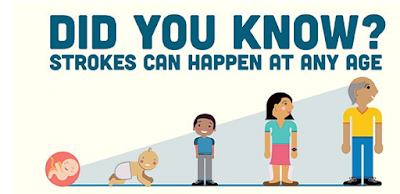Sharps injuries?
Sharps injuries are a significant injury and health hazard for health care workers and also result in a number of direct and indirect organizational costs. The Centers for Disease Control and Prevention (CDC) estimates that about 385,000 sharps-related injuries occur annually among health care workers in hospitals. More recent data from the Exposure Prevention Information Network (EPINet™) suggest these injuries can be reduced, as sharps-related injuries in nonsurgical hospital settings decreased 31.6% during 2001–2006 (following the Needlestick Safety and Prevention Act of 2000). However, injuries in surgical settings increased 6.5% in the same period, where adoption of safety devices was limited compared to nonsurgical settings. It has been estimated about half or more of sharps injuries go unreported. Most reported sharps injuries involve nursing staff, but laboratory staff, physicians, housekeepers, and other health care workers are also injured.
Campaign goal and target audience
Reducing sharps injuries first requires that health care workers have a full understanding of the magnitude of the problem. The STOP STICKS campaign focuses on raising awareness which, in turn, prepares and motivates health care workers to make the changes needed to reduce sharps injuries. Change itself requires a shift in the organization's safety culture and use of safer sharps devices and practices, and management support is a critical component of any change initiative.
The STOP STICKS campaign is a community-based information and education program. Its goal is to raise awareness about the risk of exposure to bloodborne pathogens such as HIV, hepatitis B, and hepatitis C from needlesticks and other sharps-related injuries in the workplace. While the campaign materials were developed mainly with operating room and emergency department audiences, the target audience includes clinical and nonclinical health care workers and health care administrators in hospitals, doctor's offices, nursing homes, and home health care agencies.
How the STOP STICKS campaign was developed
The National Institute for Occupational Safety and Health (NIOSH), part of the Centers for Disease Control and Prevention (CDC), developed the materials available through this website by conducting a multiyear pilot project in Columbia, South Carolina. Other partners involved with NIOSH in pilot testing this campaign and developing the tools necessary to conduct your own awareness campaign include Palmetto Health Alliance, Dorn VA Hospital, CM Tucker Nursing Care Center, the South Carolina Department of Health and Environmental Control, PHT Services, the Association of Professionals in Infection Control, the University of South Carolina School of Public Health, the South Carolina Nurses Association, and other local Columbia, SC health care employers.
The tools available for conducting your own STOP STICKS campaign are highly customizable so that you can decide which components best fit the needs of your facility. You may choose to conduct a complete campaign, or only use certain components, depending on the needs and resources available at your facility. The STOP STICKS campaign may be presented as a stand-alone initiative, or it may be tied with other initiatives, such as introduction of a new safety device or an annual refresher to remind staff of the hazards associated with sharps injuries.
What is a "safety campaign" and a "communication blitz"?
A safety campaign is a series of strategic communication initiatives designed to convey a consistent key message targeting a safety need. In this sharps injuries campaign, the key message is "STOP STICKS."
The communication blitz is a component of the safety campaign and refers to brief, targeted communication interventions that bring attention to the safety campaign goals. Specifically, the blitzes for the STOP STICKS campaign focus on bloodborne pathogens, exposure prevention methods, equipment evaluation, and proper post-exposure prophylaxis protocols. The blitzes feature posters, newsletters, health and safety fairs, exhibits, and videos, among other communication methods and channels to communicate the campaign message.
STOP STICKS campaign guide and resources
These websites includes guidance on how to prepare blitzes, use templates and other media resources in preparing the blitz materials, implement the blitzes, and evaluate the campaign outcomes. See the full list of campaign resources on the menu at left.














